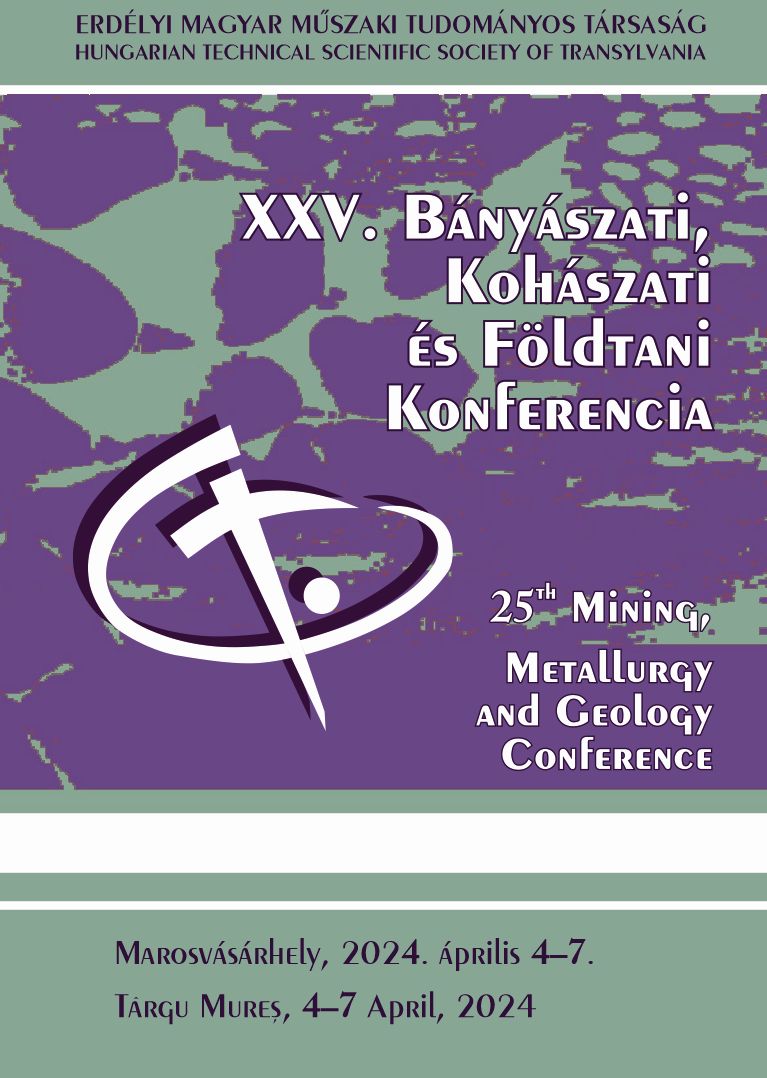A lég- és talajhőmérsékleti viszonyok együttváltozásának vizsgálata a hóborítottság és talajfagy mértékének alapján a Bükk-fennsíki Mohos-töbörben
The correlation analysis of air and soil temperature based of the snow covering and the soil frost, at the Mohos sinkhole, Bükk platou
Keywords:
sinkhole, microclimate, soil temperature, snow covering, temperature inversion, /, töbör, mikroklíma, talajhőmérséklet, hótakaró, hőmérsékleti inverzióAbstract
The investigation of soil temperature based on snow cover and soil frost is followable in a microclimatic environment by the interactions of higher influencing factors. The temporal, spatial, qualitative and quantitative distribution of the seasonal snow covering determines the exposure of the near-surface soil layer to the external air temperature. The cold microclimate of the Mohos sinkhole (Hungary) makes the research area the natural laboratory to analyze the atmospheric-surface interactions, based on snow depth.
References
Beltrami, H. (2001): On the relationship between ground temperature histories and meteorological records: a report on the Pomquet station. Global and Planetary Change, 29(3-4), 327-348.
Decker, K. L. M., Wang, D., Waite, C., & Scherbatskoy, T. (2003): Snow removal and ambient air temperature effects on forest soil temperatures in northern Vermont. Soil Science Society of America Journal, 67(4), 1234-1242.
Dobos, A., Dobos, E. (2023/b): Légköri események hatása az inverziós légrétegződésre a Bükk-fennsíki Mohos-töbör eseti példáin keresztül: The impact of meteorological events on the development of temporal inversion in the Mohos sinkhole, Bükk Plateau. Bányászati, Kohászati és Földtani Konferencia, 70-75.
Dorninger, M., Whiteman, C. D., Bica, B., Eisenbach, S., Pospichal, B. és Steinacker, R. (2011): Meteorological Events Affecting Cold-Air Pools in a Small Basin. Journal of Applied Meteorology and Climatology 50:2223–2234
Goodrich, L. E. (1982): The influence of snow cover on the ground thermal regime. Canadian geotechnical journal, 19(4), 421-432.
Mackiewicz, M. C. (2012): A new approach to quantifying soil temperature responses to changing air temperature and snow cover. Polar Science, 6(3-4), 226-236.
Sokratov, S. A., & Barry, R. G. (2001): Parameterization of an intra-seasonal variation in the thermo-insulation effect of snow cover on soil temperatures and energy balance. National Snow and Ice Data Center.
Steinacker, R., Whiteman, C . D., Dorninger, M. B., Pospichal, S., Eisenbach, A. M., Holzer, P., Weihs, E., Mursch-Radlgruber, A. és Baumann, K. (2007): A Sinkhole Field Experiment In The Eastern Alps. Bulletin of the American Meteorological Society 88(5):701-716
Thorn, C. E., Schlyter, J. P. L., Darmody, R. G., & Dixon, J. C. (1999): Statistical relationships between daily and monthly air and shallow‐ground temperatures in Kärkevagge, Swedish Lapland. Permafrost and Periglacial Processes, 10(4), 317-330.
Zhang, T. (2005): Influence of the seasonal snow cover on the ground thermal regime: An overview. Reviews of Geophysics, 43(4).


